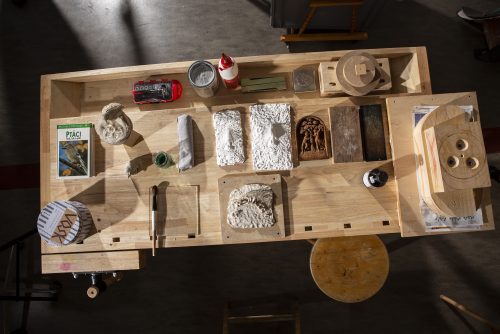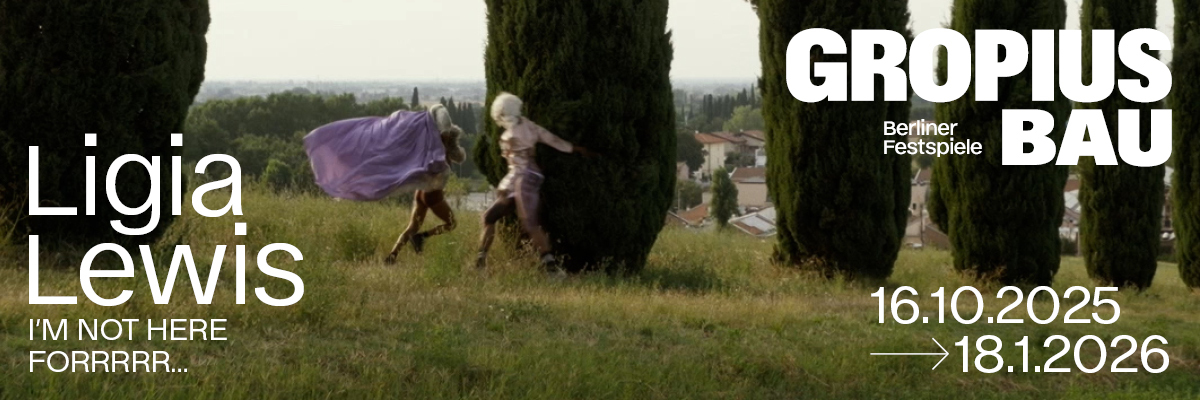
Romain Blanck
Salt and pepper
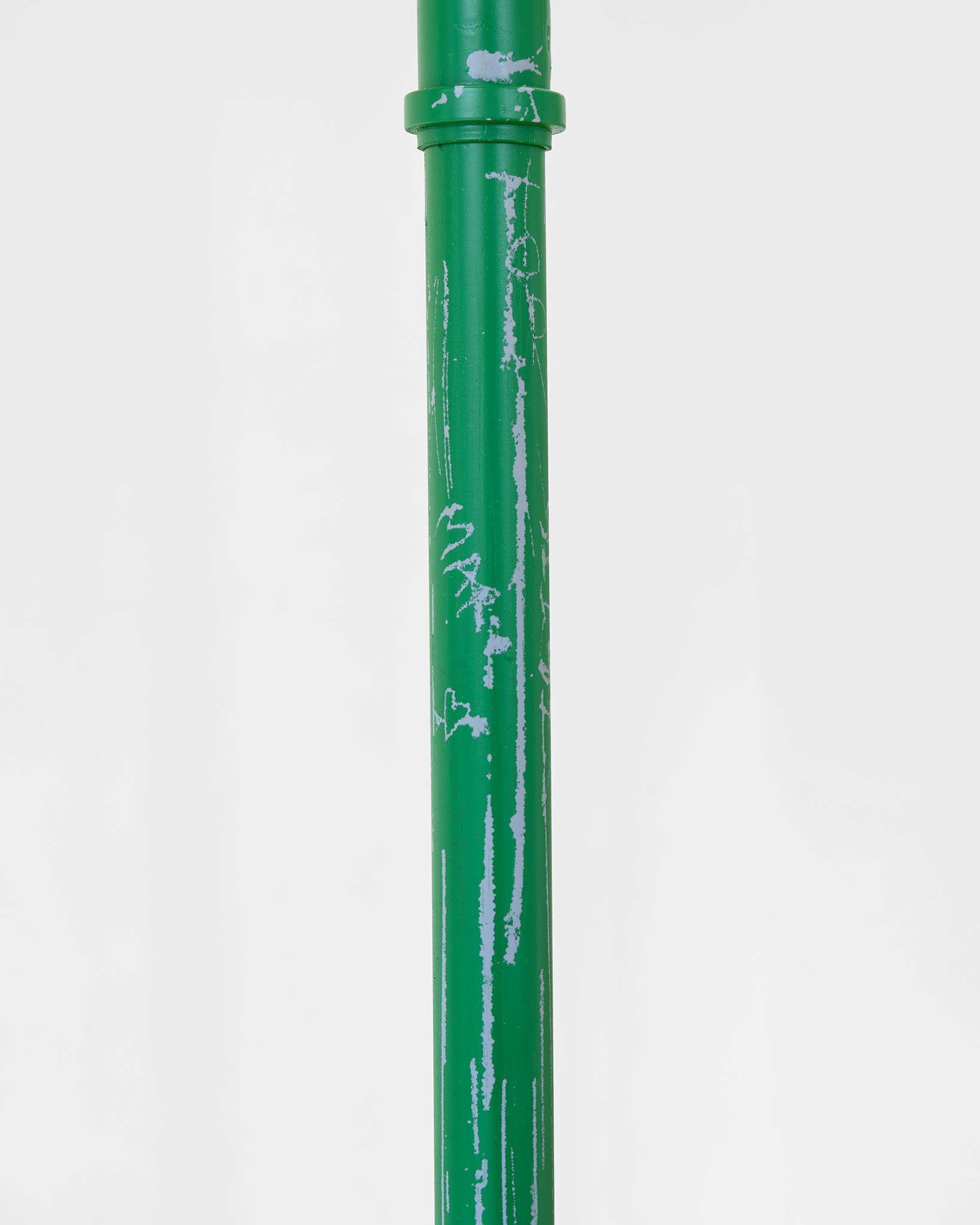
aaaa nordhavn, Romain Blanck, Salt and Pepper, 2025 (photo by Brian Kure)
Advertisement
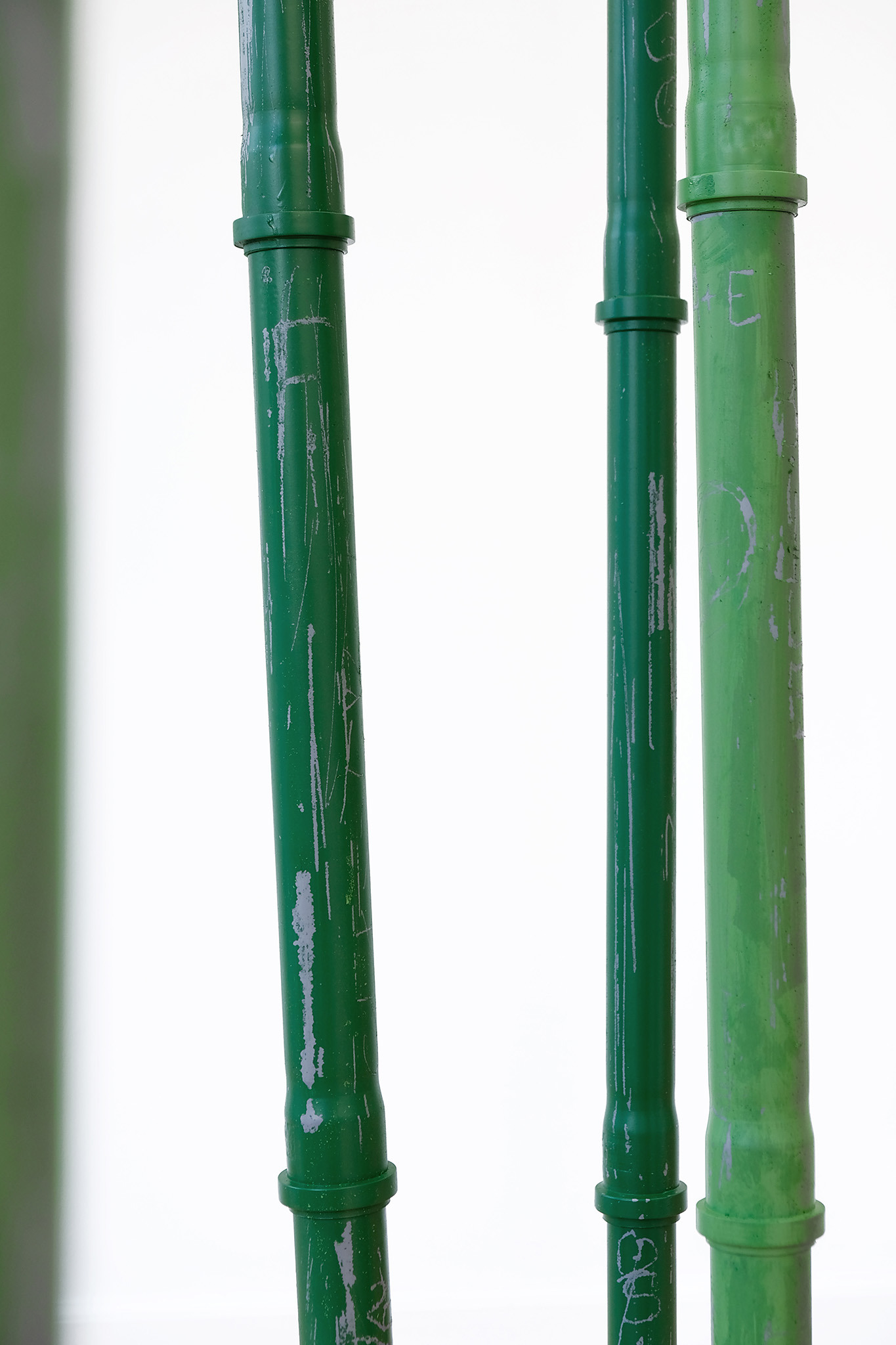
aaaa nordhavn, Romain Blanck, Salt and Pepper, 2025
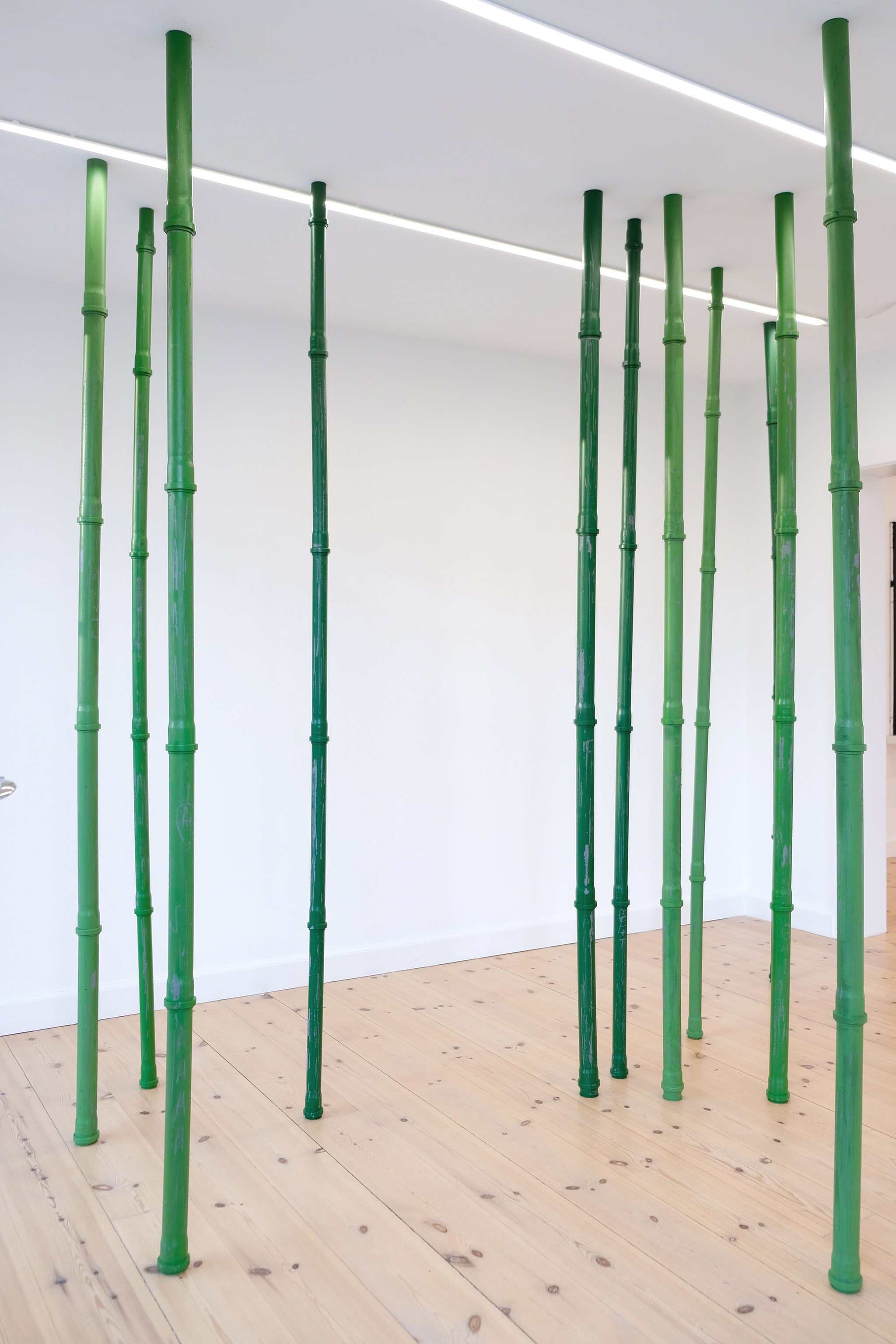
aaaa nordhavn, Romain Blanck, Salt and Pepper, 2025
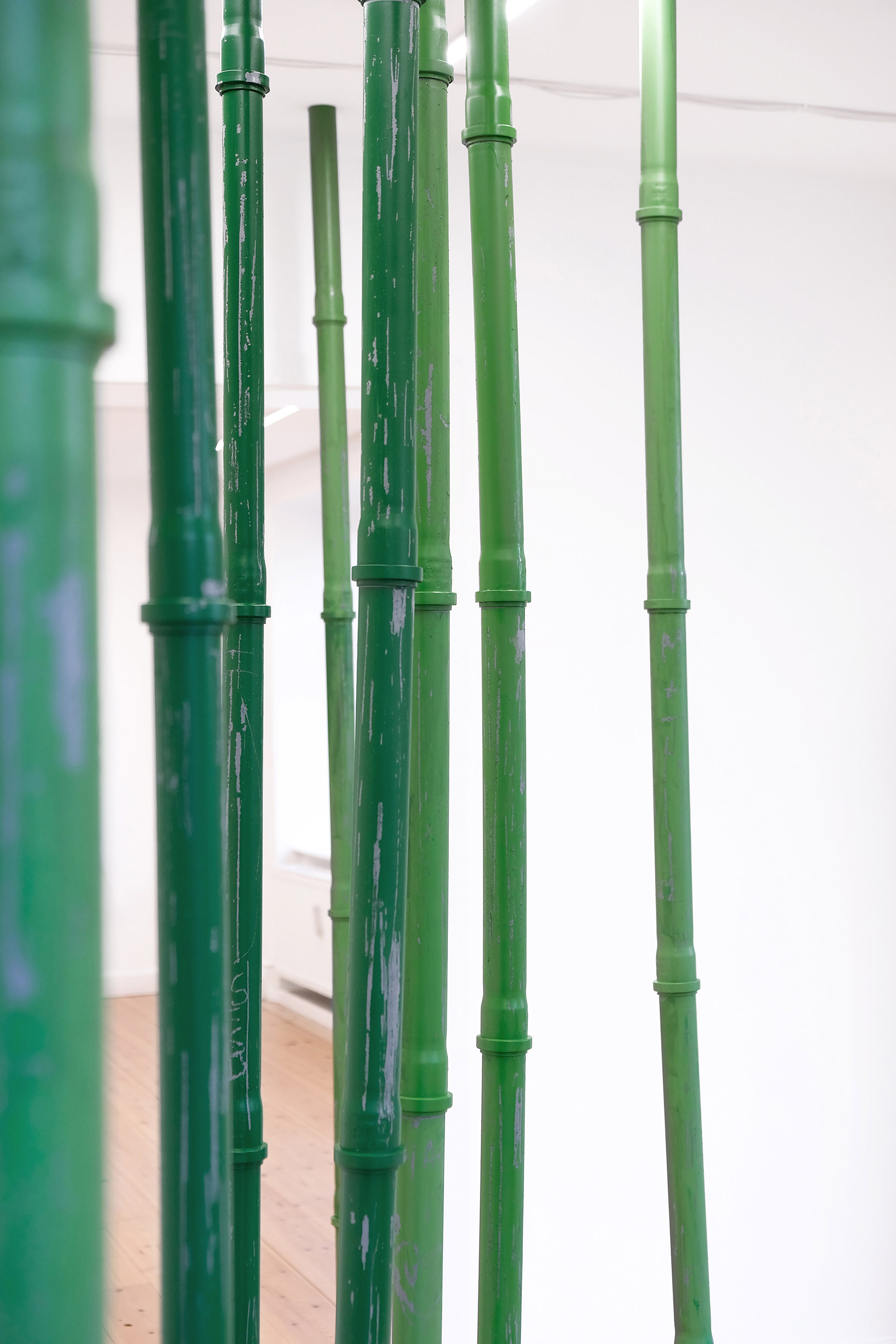
aaaa nordhavn, Romain Blanck, Salt and Pepper, 2025
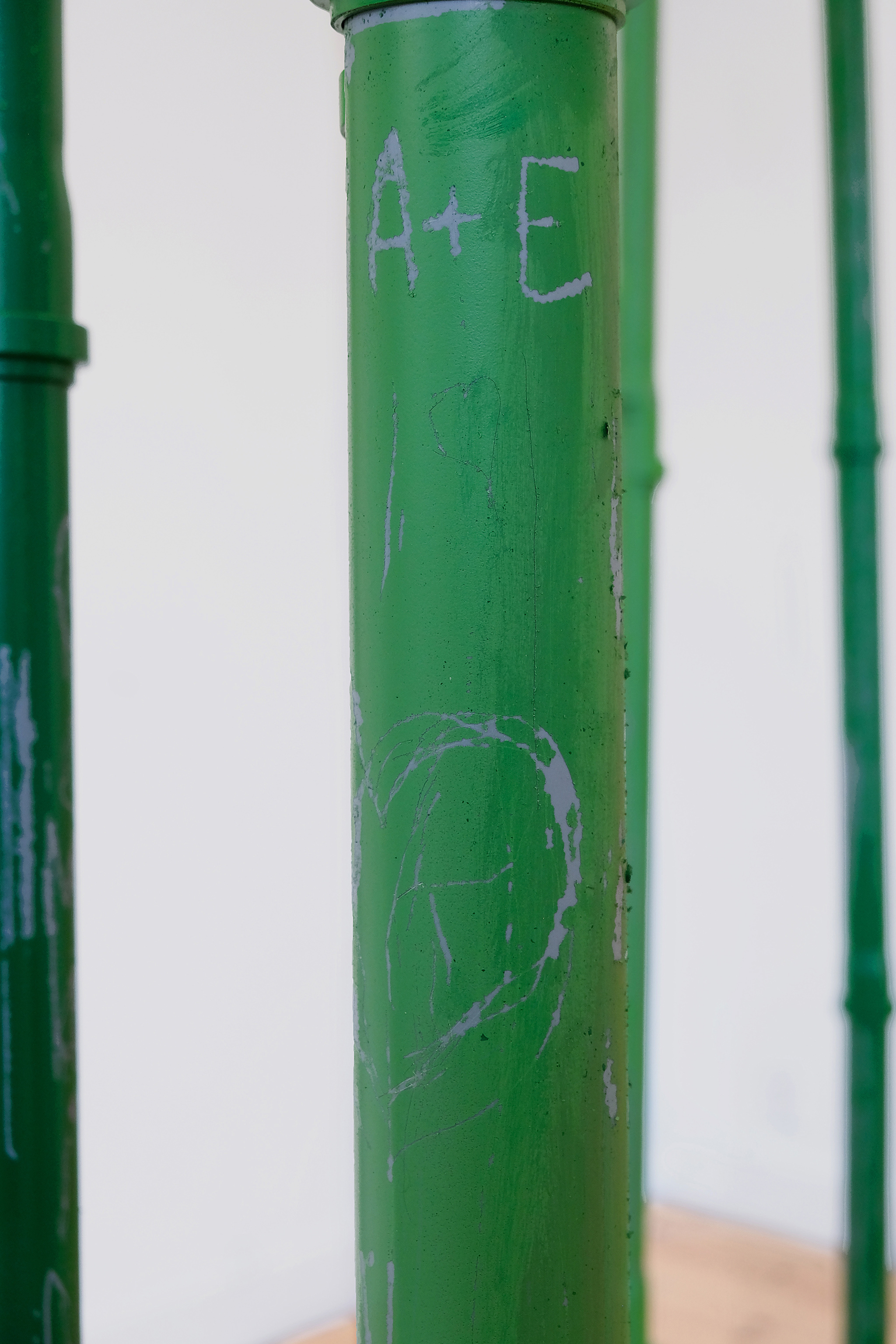
aaaa nordhavn, Romain Blanck, Salt and Pepper, 2025
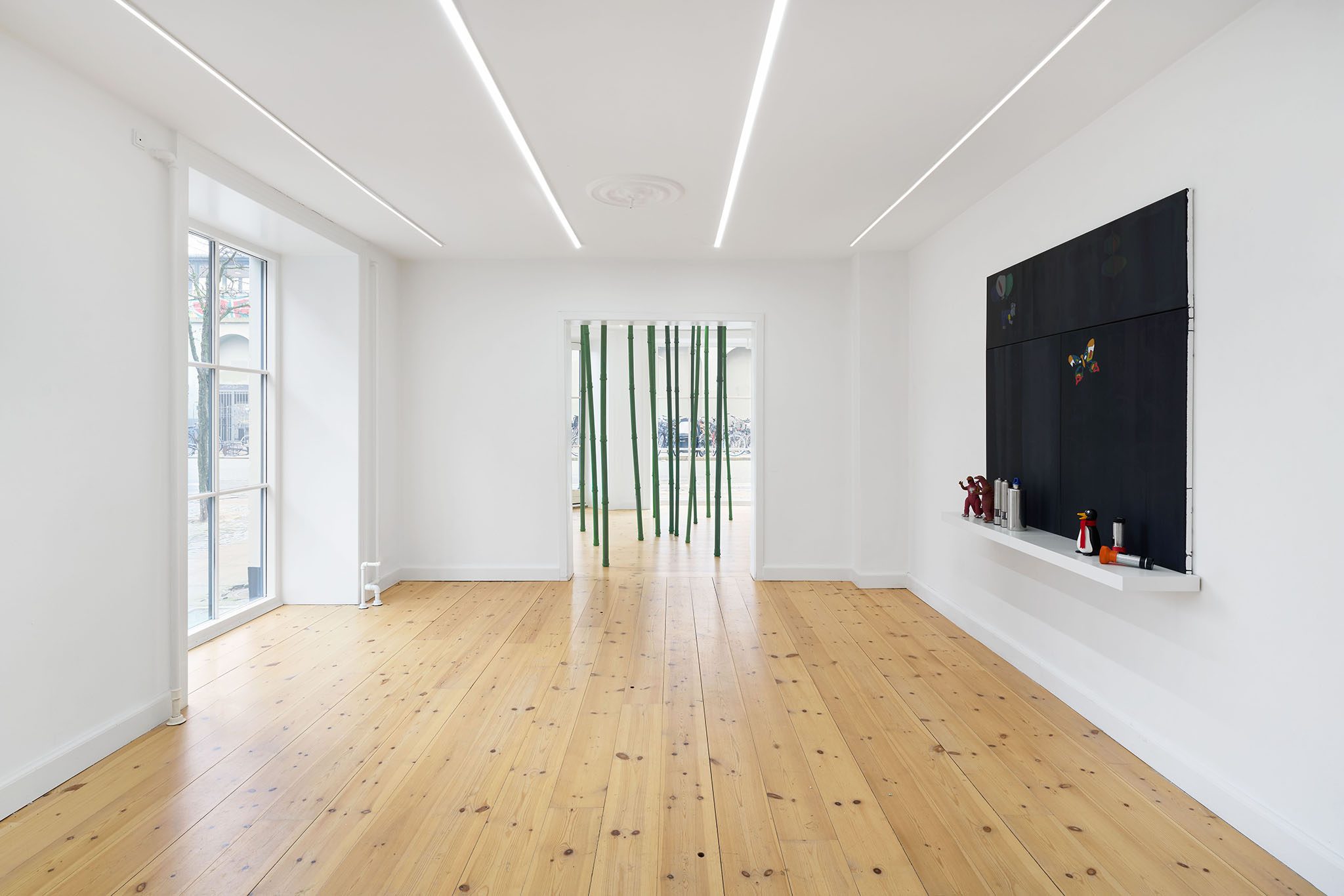
aaaa nordhavn, Romain Blanck, Salt and Pepper, 2025 (photo by Brian Kure)
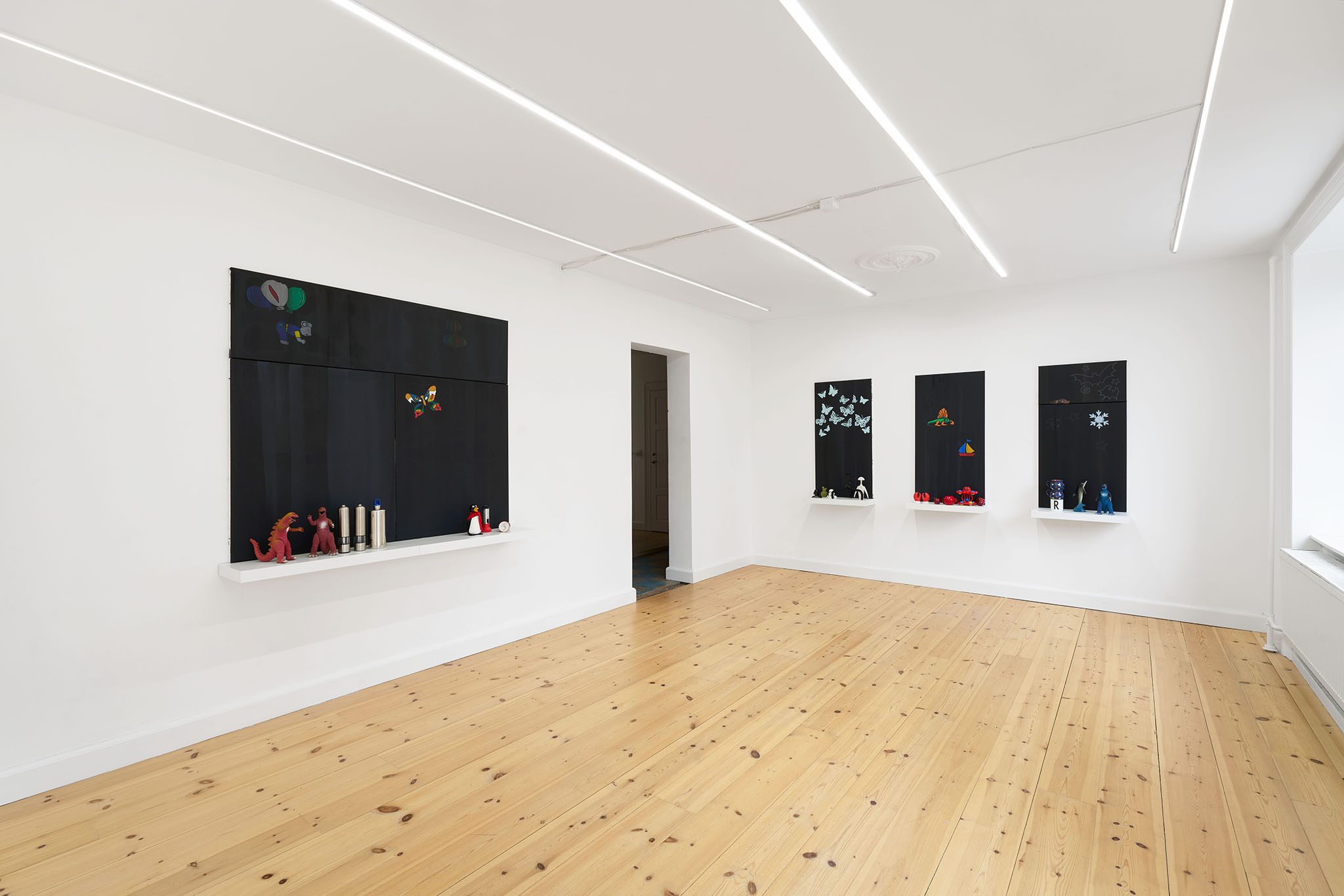
aaaa nordhavn, Romain Blanck, Salt and Pepper, 2025 (photo by Brian Kure)
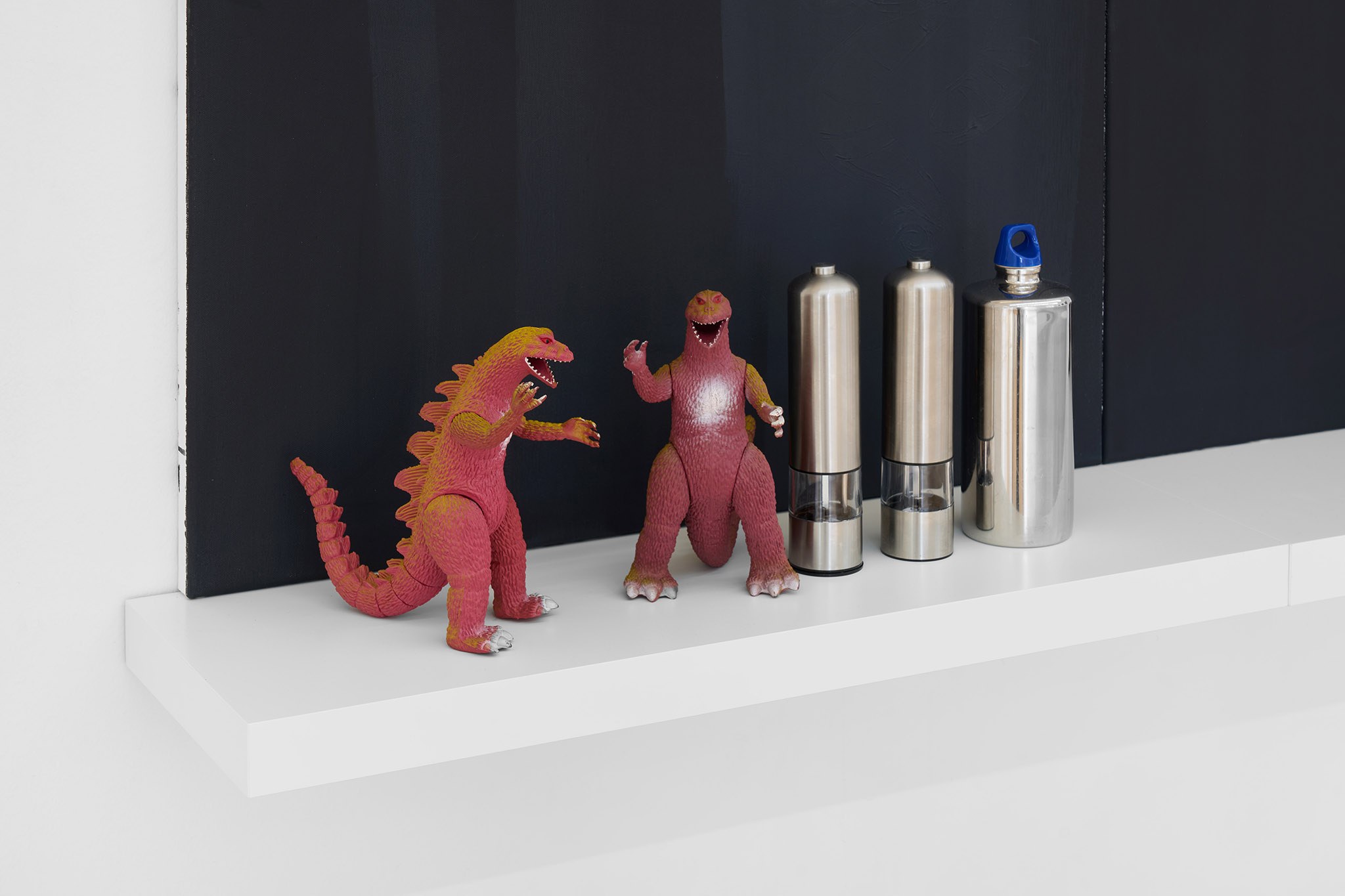
aaaa nordhavn, Romain Blanck, Salt and Pepper, 2025 (photo by Brian Kure)
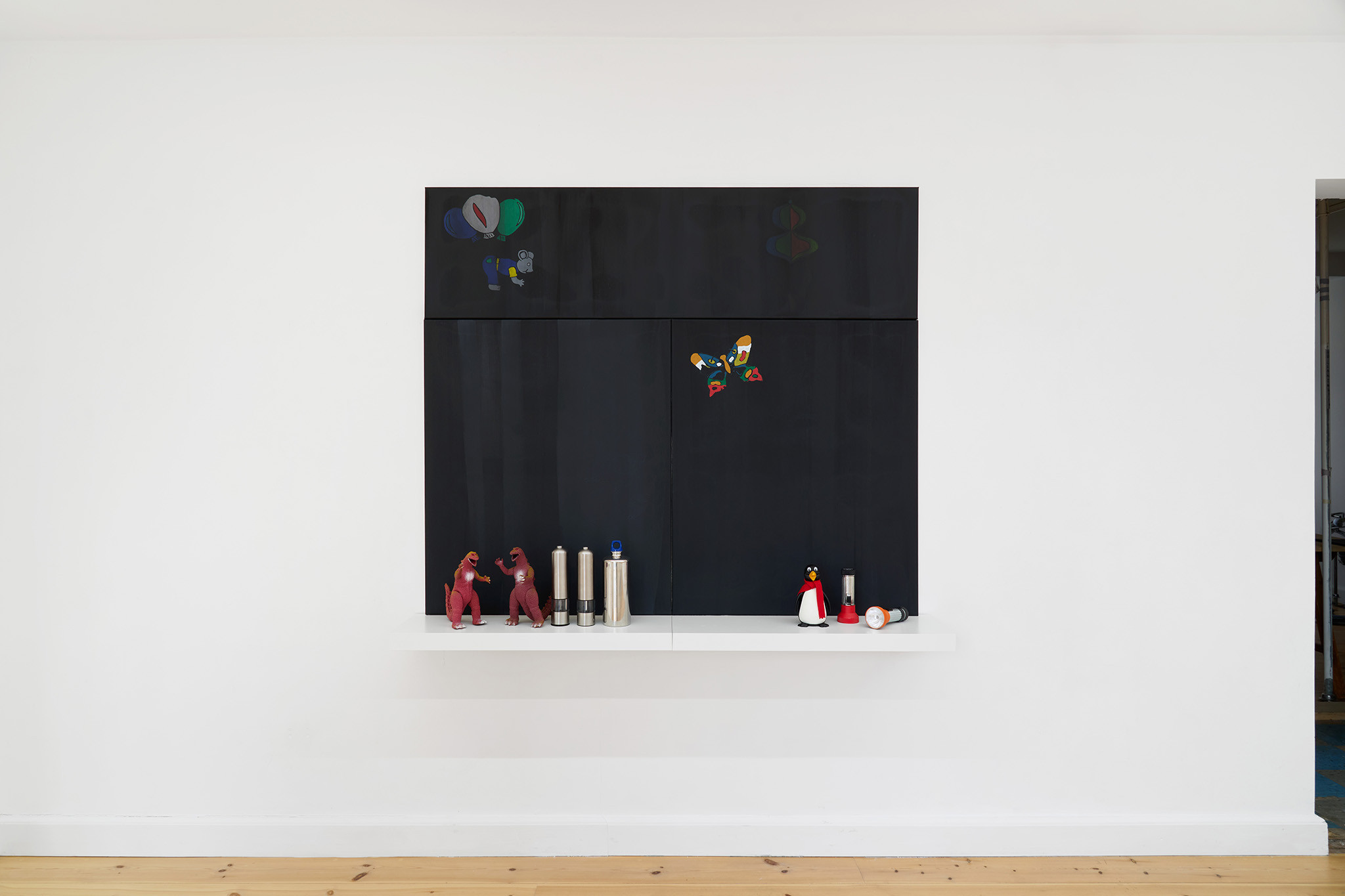
aaaa nordhavn, Romain Blanck, Salt and Pepper, 2025 (photo by Brian Kure)
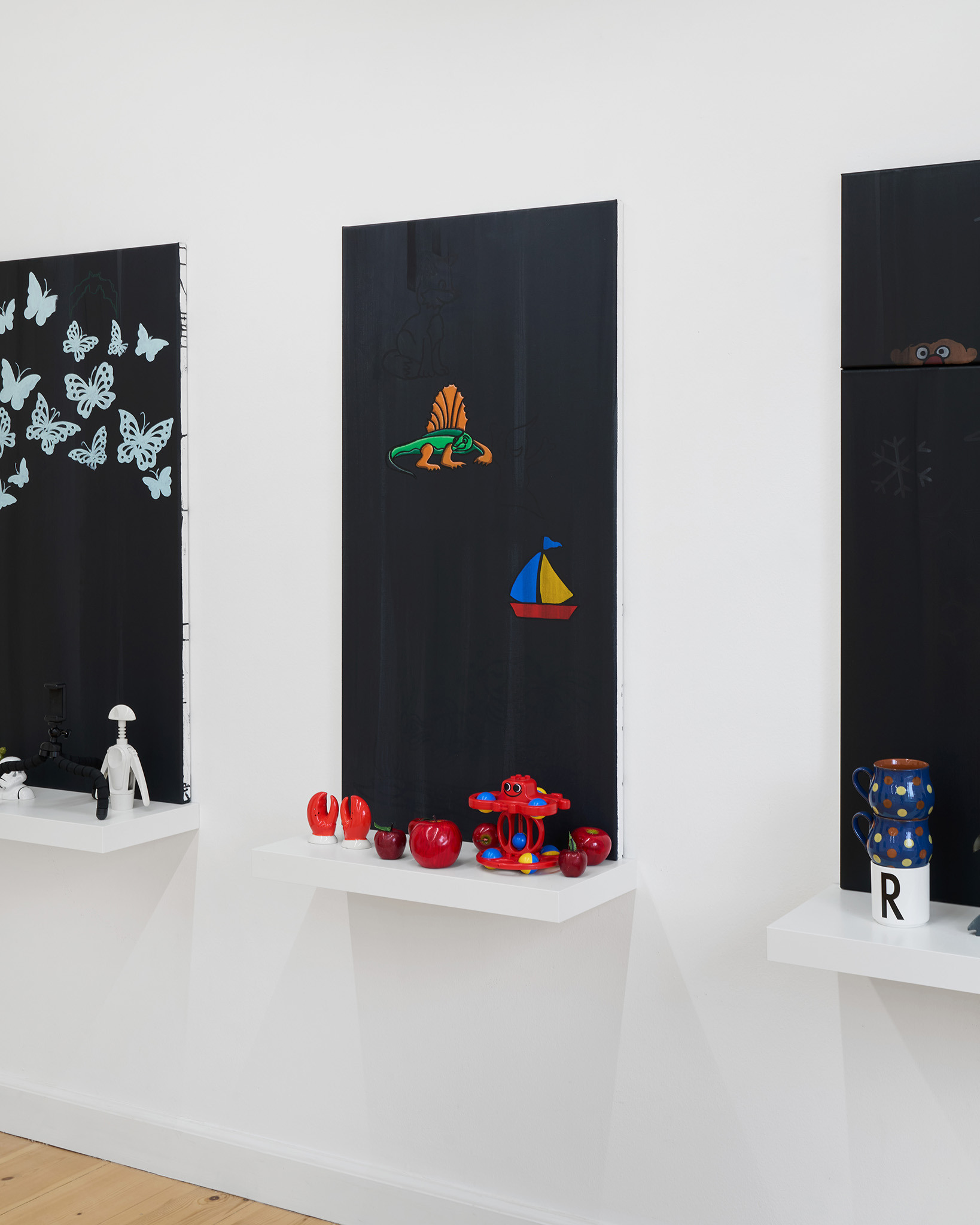
aaaa nordhavn, Romain Blanck, Salt and Pepper, 2025 (photo by Brian Kure)
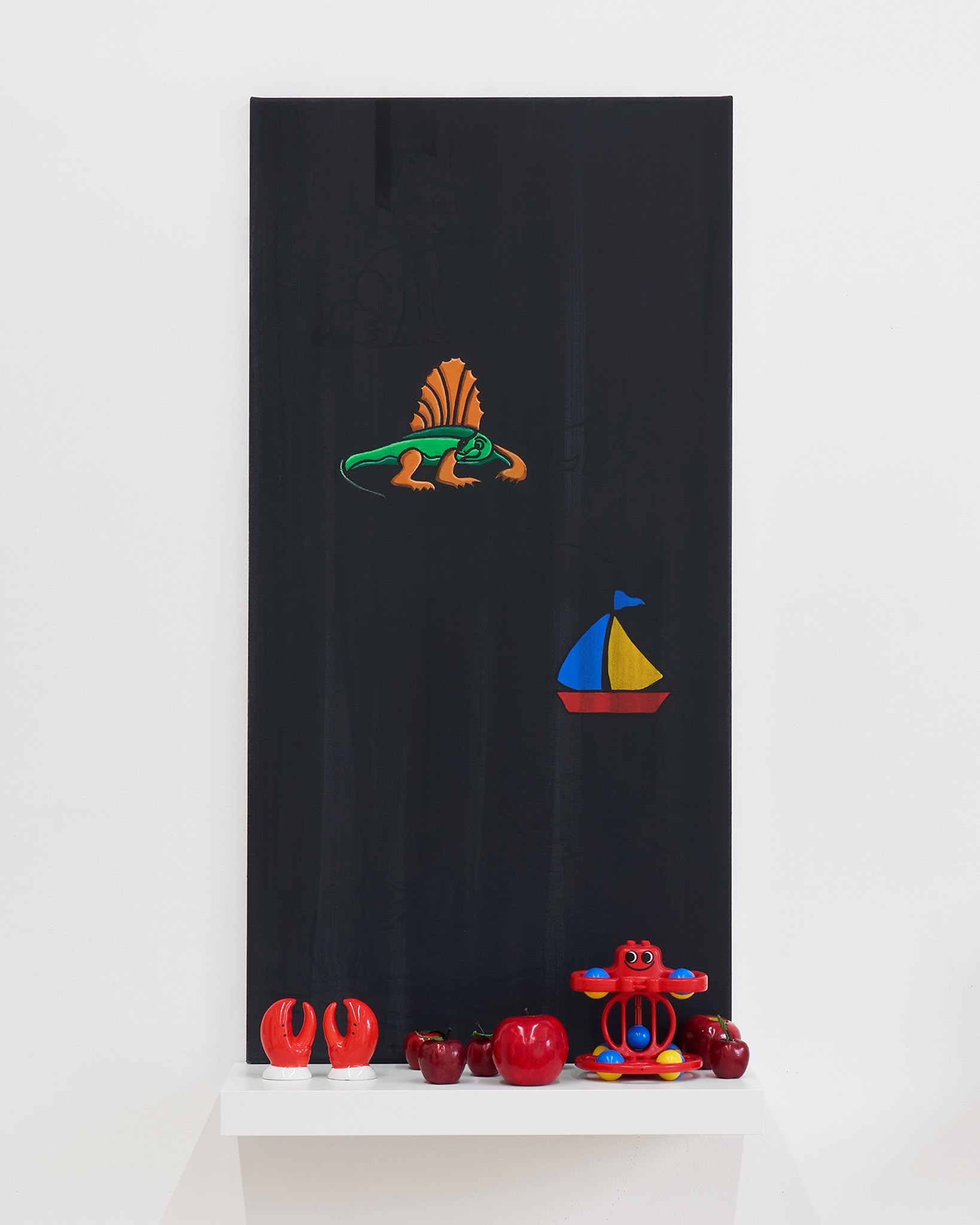
aaaa nordhavn, Romain Blanck, Salt and Pepper, 2025 (photo by Brian Kure)
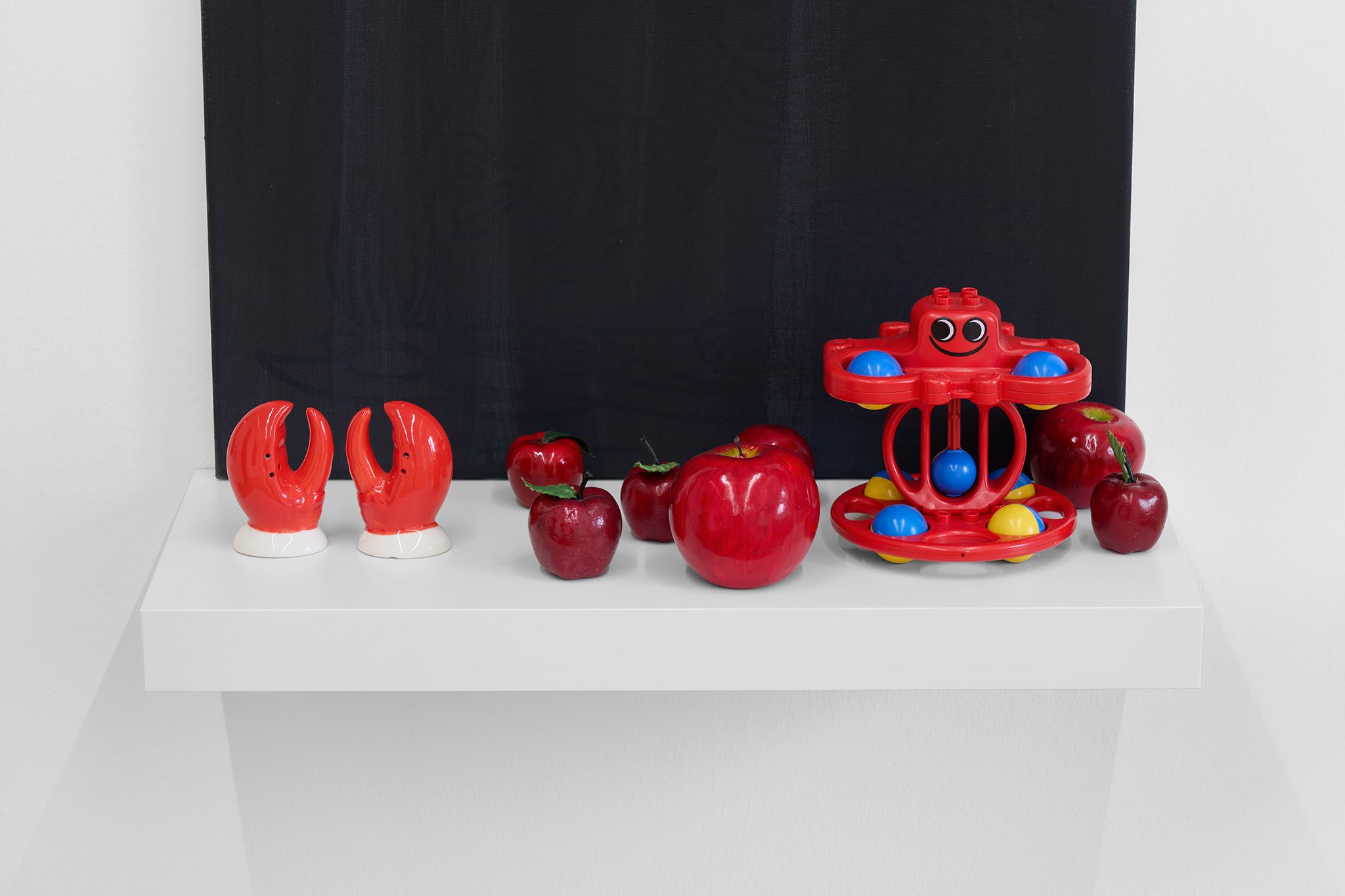
aaaa nordhavn, Romain Blanck, Salt and Pepper, 2025 (photo by Brian Kure)
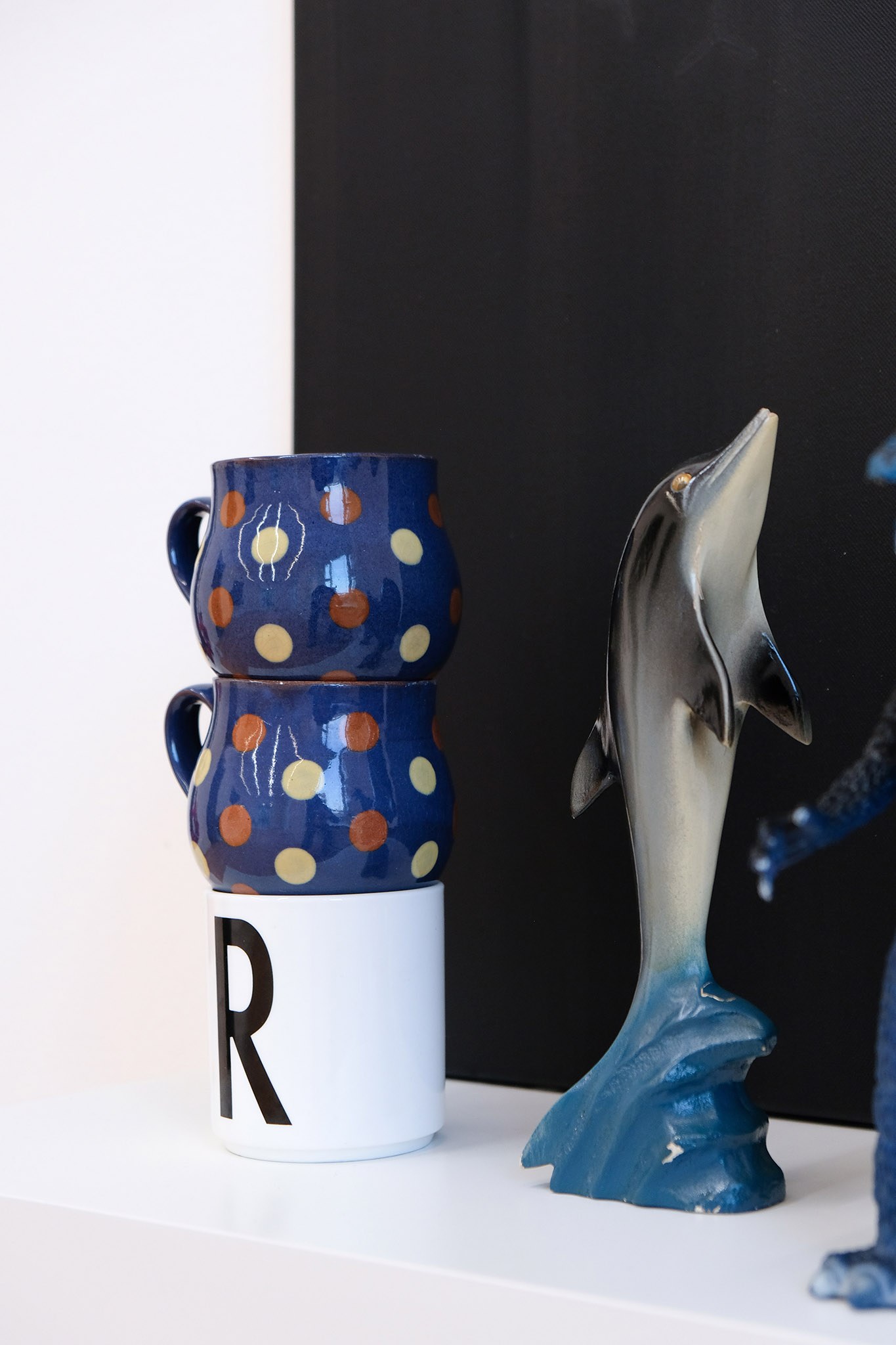
aaaa nordhavn, Romain Blanck, Salt and Pepper, 2025
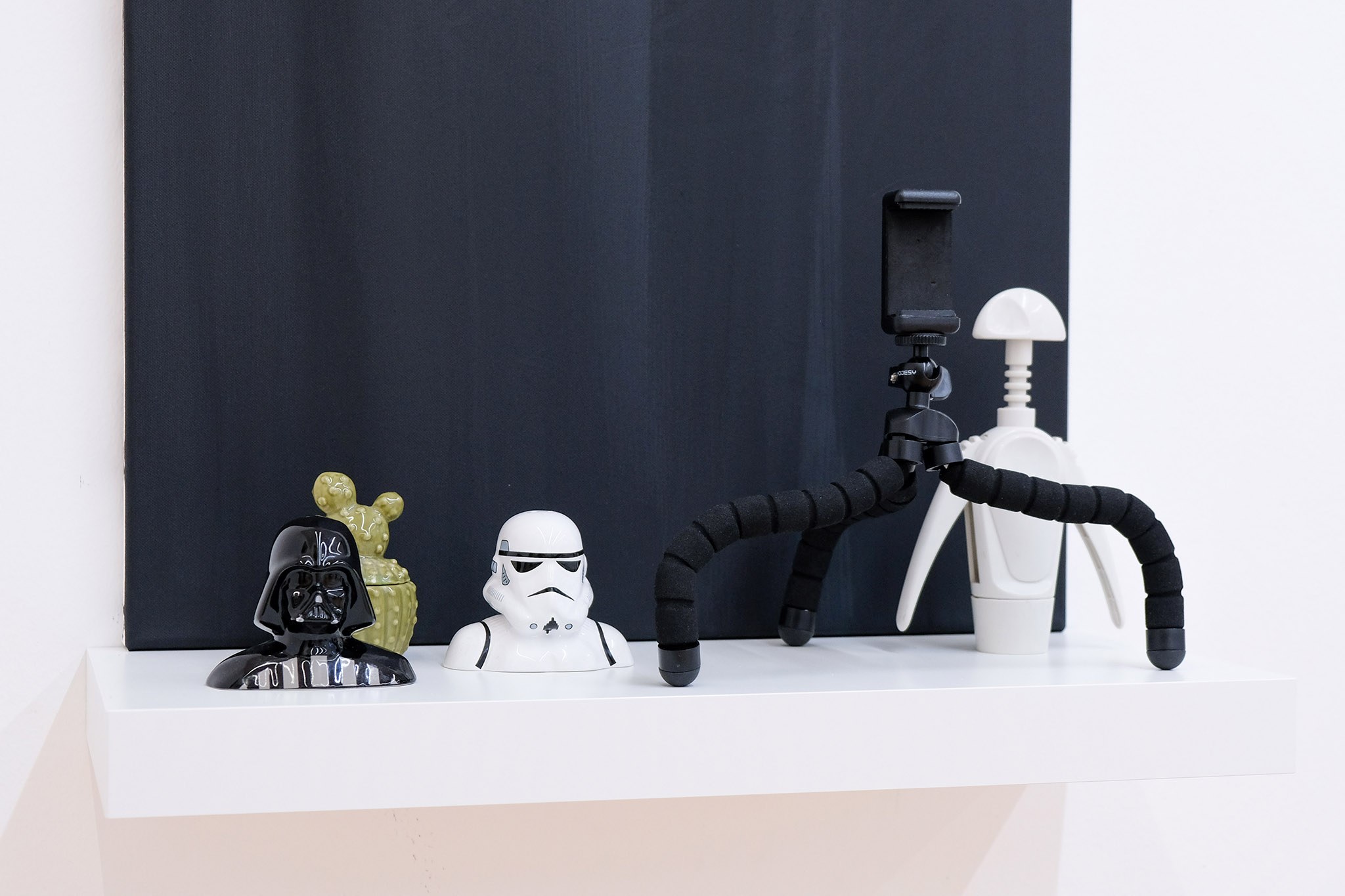
aaaa nordhavn, Romain Blanck, Salt and Pepper, 2025
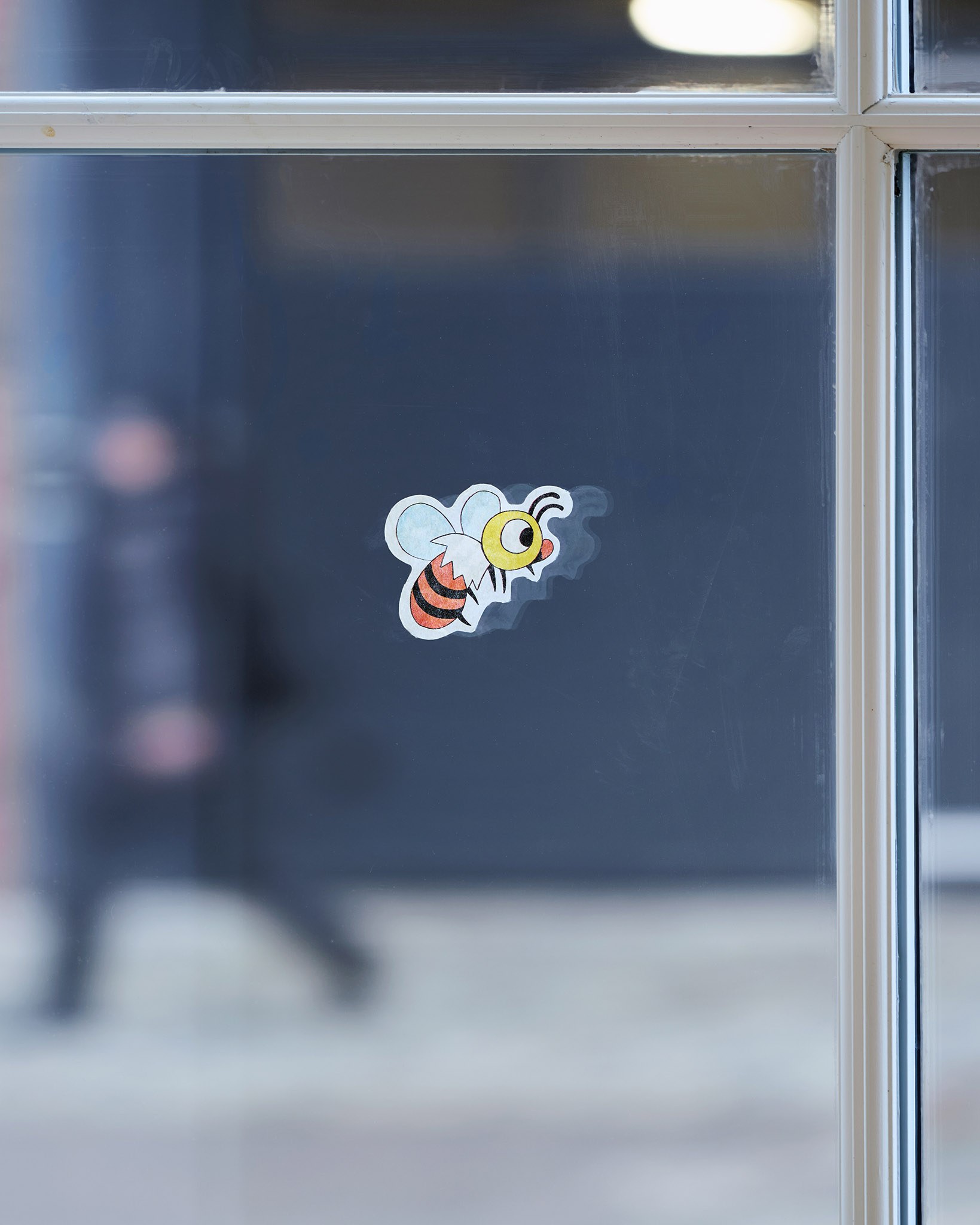
aaaa nordhavn, Romain Blanck, Salt and Pepper, 2025 (photo by Brian Kure)
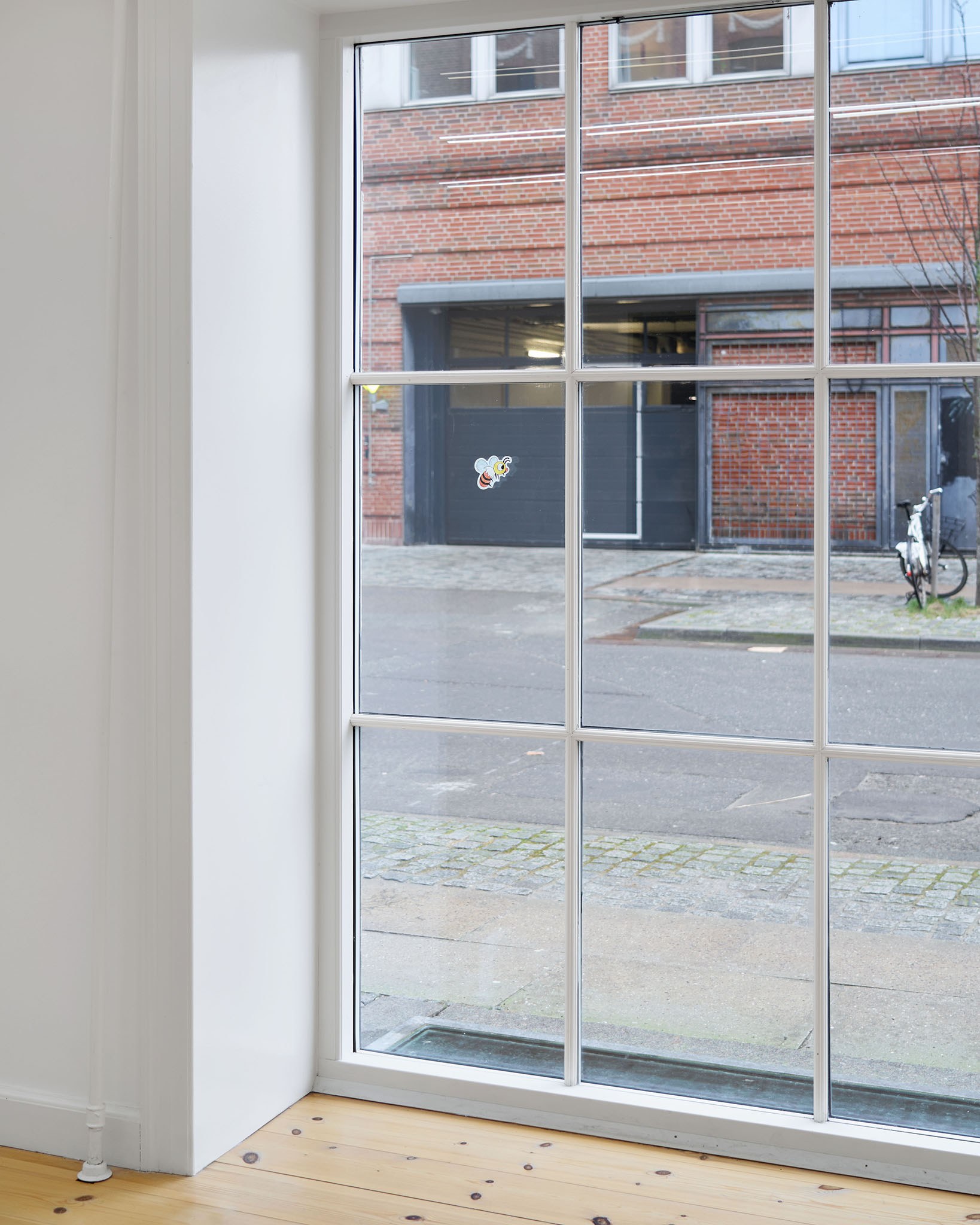
aaaa nordhavn, Romain Blanck, Salt and Pepper, 2025 (photo by Brian Kure)
For his first solo show at aaaa nordhavn, French/German artist Romain Blanck presents a
large installation and a series of new paintings, inviting us to look closer at the traces and
objects we leave behind, to rethink their value and look at them as the containers of
stories and life.
The first room in the exhibition consists of numerous vertical structures extended from floor
to ceiling. The site-specific installation, made from ordinary plastic tubes commonly used for
construction work and painted in vibrant green, partly resembles a bamboo section of a
Portuguese public park Blanck visited in 2022. In the gallery space, the monochrome poles
limit the audience's movements, directing paths, flows and motions, as a soft nod to the
theatricality of Modernist sculptural installations of the 1960s. Names, words and shapes
have been scraped into the paint, and visitors of the exhibition are welcome to do likewise,
adding to the marks left by not only the artist but other audiences as well.
Leaving a mark, a trace of existing, is a human activity that dates back to cave paintings.
Romain Blanck is deeply interested in the objects and marks we leave behind for others to
find, while he speculates, who left them there and why? In his artistic practice he sources
and collects traces from his everyday surroundings including bamboos, note pads, and the
digital sphere on his smartphone.
In the second room you can find new paintings from the ongoing series EG, the German
abbreviation for “Ground floor”. Each work consists of a grid of dark grey painted panels
decorated with what could appear to be children’s drawings or brightly colored stickers. Each
work is augmented with a small shelf containing figurines or small found objects. These were
bought from flea markets or eBay, found left on the artist's apartment staircase or gifted from
friends and family. They are reimagined, sampled and refigured versions of the ground floor
windows Blanck has continuously photographed on his regular walks. He has especially
been drawn to the window glue paint and small toys, souvenirs and ornaments left on
display that could be characterized as cartoon-like, cheap, or even naïve. It is through these
personalized decorations and objects, that the windows not only become openings into
houses but also into people’s lives, openings that are not black and white, or salt and
pepper, but a multitude of crossed narratives. And looking in as an outsider, the paintings in
many ways have also become the reflection of Blanck’s own life.
By recognizing these objects as traces of time passed and witnesses to lived experience,
Blanck not only questions their inherent value as images and objects but he also forces us to
reevaluate our own value systems of looking at images and artworks, foreground and
background, high and low culture, the extraordinary and the everyday.
Marie Vinther


